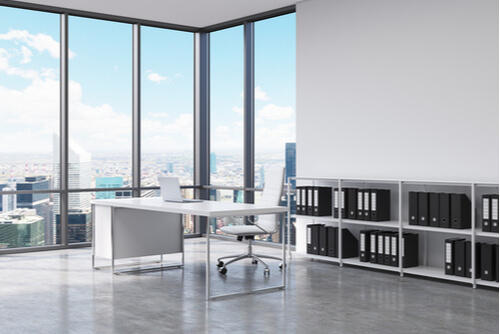After nearly the entire American workforce was forced to work from their homes for a number of months, many companies now realize that work productivity can be maintained out of an office. As New York continues through its second phase of reopening its economy, Manhattan invited 50% of office tenants back to their offices. However, when one of New York’s largest office buildings, The Empire State Building, conducted a poll of their tenants it found that only 15-20% of their work population would return. Workers as a whole still do not seem completely comfortable returning to their offices as they can maintain their level of productivity from home. So what is stopping companies from continuing this work-from-home trend far into the future and how will this effect office space?
An article published by the consulting firm McKinsey and Co. this past June put forth four steps to reimagine working in a Post COVID-19 world. One step that McKinsey discussed was how the workplace should be designed to support the organization’s priorities. In other words, companies could redesign office space to promote interactions that could not happen naturally via remote work. This may imply evolving more offices into a ‘We Work style’ workplace that promotes more conversation and collaboration. The ASAE (American Society of Association Executives) seemed to agree with McKinsey, predicting that companies will sustain a remote work policy along with a complimentary office plan.” The ASAE believes that this style of work will create more vacancies in offices and give tenants more power to negotiate favorable rent and lease terms. The ASAE’s prediction seems reasonable based on the current status of the American workforce working from home but they might be thinking too short term. For companies to pioneer new ideas and thrive in the future, it will be necessary for people to collaborate face-to-face as it is human nature to work and build together. But the office spaces in which these ideas are created in just may look a little different than your traditional workplace.

Chaves Perlowitz Luftig LLP is one of the most highly regarded real estate and estate planning firms in New York City. Our team of top-rated real estate attorneys and estate planning lawyers have extensive knowledge, resources, and connections to help you achieve your goals and plan for the future.

